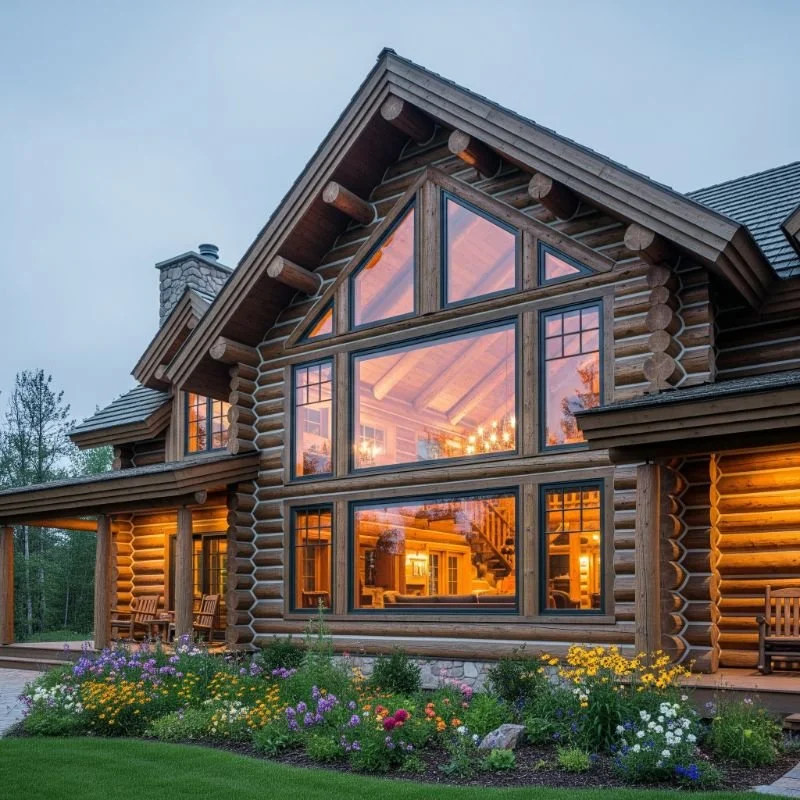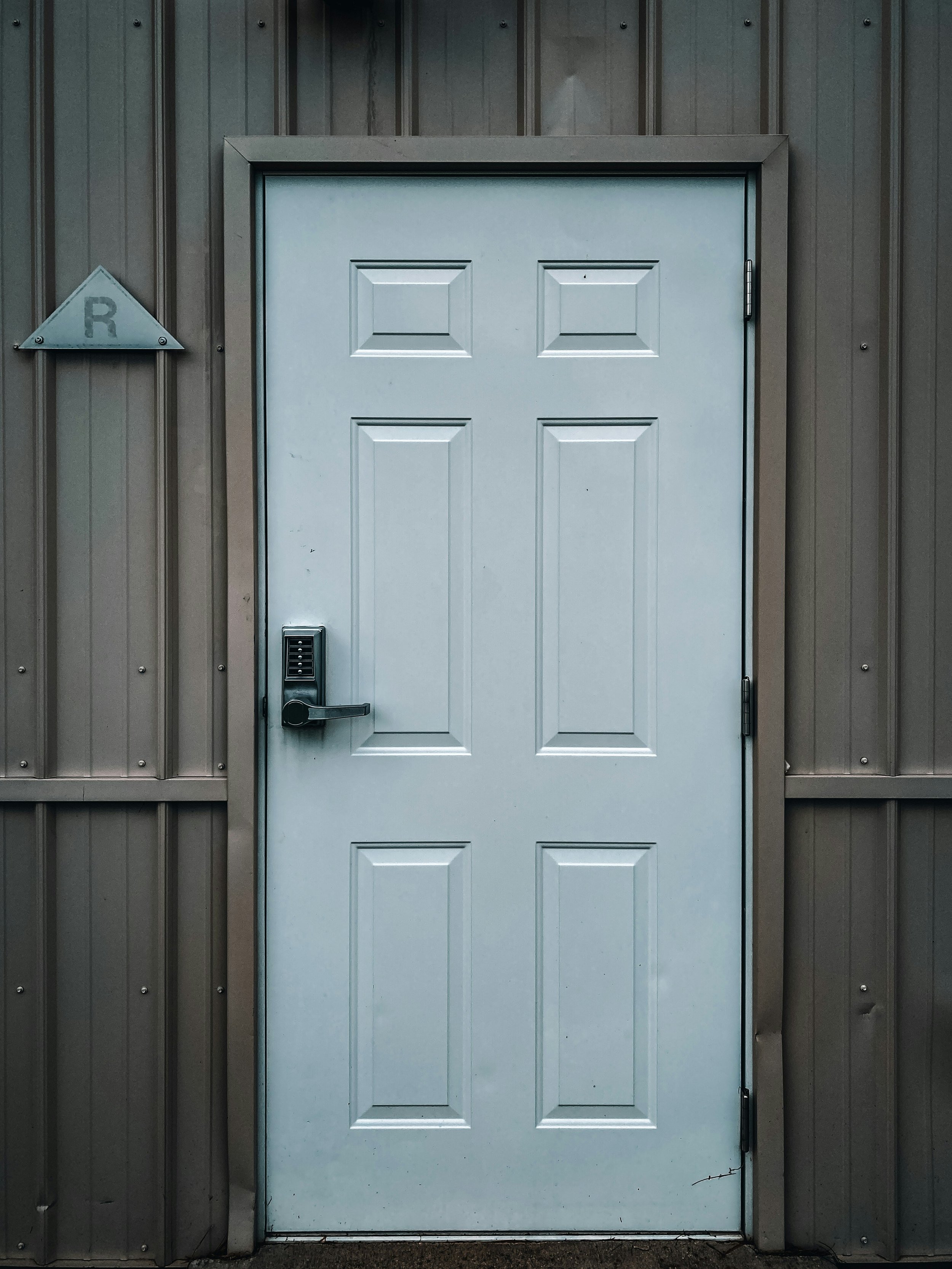Design Secrets for Creating a Timeless Log Home Retreat
Discover key design tips to create a timeless log home retreat that blends rustic charm, modern comfort, and lasting natural beauty.
Key Takeaways
Timeless log homes are rooted in thoughtful design, quality craftsmanship, and natural materials selected for durability.
A careful balance of tradition and modern amenities provides comfort while enhancing value and longevity.
Prioritizing sustainable building methods and quality materials is essential for long-term satisfaction and eco-friendliness.
Landscaping and flexible floor plans that reflect the local environment and lifestyle maximize personality and function.
Consistent maintenance ensures enduring beauty and exceptional performance across generations.
Why Log Homes Never Go Out of Style
An undeniable, timeless charm to log homes continues to captivate homeowners and builders alike. Beyond their aesthetically pleasing exterior, they tell a story of tradition, resourcefulness, and a deep-rooted connection to nature. Unlike fleeting trends in housing design, the appeal of handcrafted timber structures seems to grow even deeper as the years go by. In a fast-paced, digital-driven world, a log home represents a peaceful retreat—a return to basics. Many modern homebuilders, such as Frontier Log Homes, are redefining how classic log construction unites with innovative design. The surge in popularity is well documented by Architectural Digest's history of log cabin design, which celebrates how these homes offer a sense of heritage, authenticity, and belonging. Stories often surface of families who have kept a cabin in the same spot for generations, cherishing it as a sanctuary and a living legacy.
What truly keeps log homes timeless is their ability to evolve. They offer a dramatic palette for customization; every home is different, tailored to fit personalities and preferences. Whether built as a cozy woodland getaway or a grand mountain residence, log homes remain relevant due to their ability to adapt to changing lifestyles and design necessities. The solid, tangible feel of timber is inherently comforting, and as tastes and technology evolve, so do the possibilities for making these classic structures even more inviting and functional.
Choosing Quality Materials That Last
The secret to a log home’s longevity begins with its materials. Every detail—from selecting premium timber species to the care spent during milling—will affect how the home weathers the passing years. Cedar, for example, is celebrated for its beautiful grain, innate pest-resistance, and resistance to rot. Species like Douglas fir, pine, and spruce also offer unique benefits, with fir recognized for its stability and strength. In contrast, pine and spruce are appreciated for their insulation and adaptability to various climates. Seasoned or kiln-dried logs, which retain less moisture, are less prone to shrinkage and warping, a consideration that pays dividends over decades.
Environmentally conscious choices are increasingly shaping the log home market. Sourcing timber from certified sustainable forests preserves biodiversity and reduces negative impacts on the planet while supporting responsible forestry practices. Further, using local materials reduces transportation-related emissions and ensures the logs acclimate to the area's climate, translating into better long-term performance and less maintenance. Builders and homeowners can trust that a log home rooted in local, sustainable materials will stand firm against both the elements and the test of time.
Balancing Tradition with Modern Comforts
While the enduring aesthetics of exposed beams and handcrafted joinery anchor a log home in tradition, today's most successful retreats embrace thoughtful modern upgrades that cater to contemporary living demands. Energy efficiency is paramount; enhancements such as spray-foam insulation, triple-pane windows, and advanced HVAC systems underpin year-round comfort and cost control. Integrating smart home features—thermostat automation, integrated security, and remote lighting—brings convenience to even the most rustic settings, allowing homeowners to manage their retreat from anywhere.
The interplay between tradition and technology extends to each room. Kitchens and bathrooms, historically utilitarian, transform through the installation of stone counters, custom cabinetry, and stainless appliances, all while natural materials remain at the forefront. Living areas shine when rustic wood craftsmanship is paired with state-of-the-art lighting plans, subtle underfloor heating, or dramatic glass walls inviting in mountain or lake vistas. In every case, the goal is a harmonious blend—an atmosphere that honors craftsmanship without sacrificing the comforts of today.
Designing Flexible Floor Plans
Adaptable design is a pillar of any timeless log home. Open floor plans remain popular, fostering togetherness and encouraging natural light to flow deep into the main living areas. Large windows, vaulted ceilings, and open transitions between kitchen, dining, and lounge spaces help make homes feel airy and connected, ideal for entertaining or simply relaxing with loved ones.
Consider including a great room that seamlessly connects to an open-concept kitchen, making everyday interactions and gatherings effortless.
Create multipurpose lofts—perfect for a home office, guest resting spot, or a play area for children—that take advantage of vertical space without sacrificing privacy on the lower level.
Consider clever built-ins, under-stair storage, or furniture that can serve dual purposes to maximize utility without cluttering the serene log interior.
Small details can transform the experience: a cozy alcove off the main room, a screened porch for summer evenings, or oversized doors that beckon the outdoors inward. These choices personalize the home while future-proofing it for evolving needs.
Landscaping That Enhances, Not Overwhelms
Picturesque landscaping completes the log home vision, but the goal should always be to support—not overshadow—the home's natural character. Favoring native plant species not only supports local ecosystems but also means landscaping will thrive with less intervention and stay beautiful throughout all seasons. Boulders, wildflower paths, and timber-edged walkways reinforce the aesthetic link between home and nature.
Outdoor spaces extend the enjoyment of your property and strengthen its value. A wrap-around porch, thoughtfully placed benches, or a stone fire pit invite guests and household members outside to relax or entertain almost year-round. As seen in the HGTV landscaping guide for log homes, layering in features like native shrubbery, butterfly gardens, or meandering trails provides both beauty and environmental benefit, requiring less irrigation, fertilizer, and ongoing care. This natural, harmonious approach aligns perfectly with the enduring spirit of log construction.
Building for Sustainability and Efficiency
Building a retreat that is both timeless and responsible means embracing sustainability at every stage, from the foundation up. Sustainable log home construction often incorporates reclaimed or repurposed materials, reducing the strain on virgin resources while yielding one-of-a-kind accents, like mantlepieces created from rescued beams or stone sourced from abandoned quarries.
New log homes excel in energy efficiency by design. A tight building envelope, energy-efficient windows, low-VOC finishes, and innovative water management systems conserve resources and lower utility costs. Though once considered luxuries, solar. Solar panels and rainwater collectors are now easier than ever to integrate and can make off-grid living a reality for adventurous homeowners. Pursuing certifications such as LEED or ENERGY STAR helps ensure adherence to green best practices, making the home as sustainable as it is stunning.
Smart Maintenance: Keeping the Retreat Timeless
Though log homes are engineered for durability, regular maintenance remains a cornerstone practice for those who want their retreat to stay beautiful and structurally sound. Begin with seasonal checkups to identify settling, shifting, minor cracks, or areas susceptible to water ingress. Addressing these promptly—resealing logs, treating exposed wood, or adjusting drainage paths—preserves your sanctuary's longevity and value.
Proactive measures, such as inspecting the roof, keeping gutters clear of debris, and trimming back overhanging branches, thwart potential issues before they can take root. Annual treatments for pests or fungus are simple defenses, while attention to ventilation and humidity inside the home minimizes adverse effects from seasonal changes. A steady maintenance protects the investment and ensures each visit to your log home remains as joyful and carefree as the first.
Personalizing Your Sanctuary
Ultimately, a timeless log home is defined not just by its bones and features, but also by its character. The ability to personalize is what separates a house from a home; it’s in the choice of soft throws draped over handmade furniture, the regional artwork on the walls, the mug collection in the kitchen, and the family photographs displayed in the hallway.
Leave exposed logs and beams to showcase craftsmanship, and layer in contemporary furnishings or antique finds for a curated look. Local ceramics, artisan rugs, or handcrafted wooden decor breathe additional life into the rooms, drawing inspiration from the surrounding environment. Whether the aesthetic leans modern, eclectic, or purely rustic, intentional touches create a space that speaks of history, heart, and personal connection, ensuring your log home retreat remains a cherished legacy for decades.







